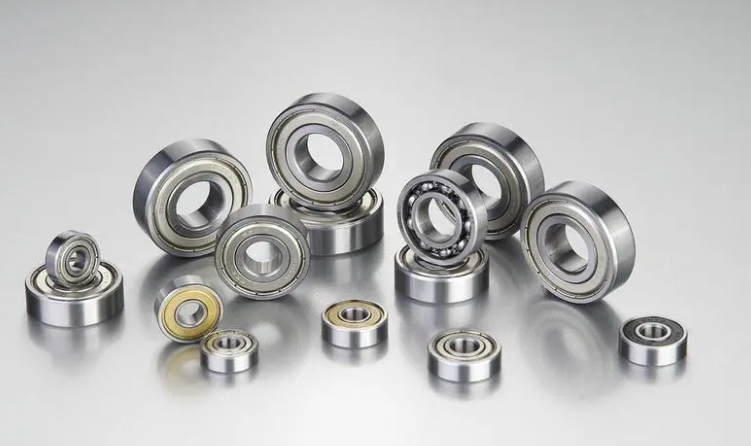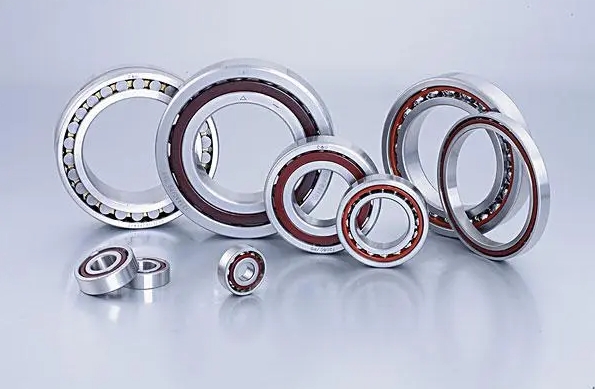Bearings facilitate relative movement between two components, allowing them to rotate relative to each other while minimizing friction and wear. In a rotating system, both the inner and outer rings of the bearing mate with the rotating component at the same time. Details as follows.
1. Inner ring, the inner ring is installed on the rotating shaft of the machine or equipment. When the shaft rotates, the inner ring also rotates.
2. Rolling elements: Rolling bearings have rolling elements (such as rollers) positioned between the inner ring and the outer ring. These rolling elements allow the inner ring to rotate smoothly and controlled relative to the outer ring.
3. Outer ring. The outer ring is usually mounted in a fixed part of the machine or equipment, such as a housing or frame, and remains stationary while the inner ring and shaft rotate.

4. Function. Rolling elements are located between the inner and outer rings to distribute load and reduce friction during rotation. This design allows the inner and outer rings to work together, allowing the shaft to rotate while remaining stable and supported.
5. Application. In various machinery and mechanical systems, spherical roller bearings are commonly used to handle radial and axial loads, making them suitable for applications with rotational and axial motion.
6. Axial and radial loads. Spherical roller bearings are designed to carry both axial (thrust) and radial (perpendicular to the shaft) loads, making them suitable for a variety of applications.

It is important to note that correct installation, alignment and lubrication are essential to ensure an effective fit between the inner and outer rings and rotating parts. In addition, regular maintenance and monitoring of bearing condition are also important to prevent problems such as misalignment, wear and premature failure. Important, manufacturer's guidelines and recommendations for specific bearing types and applications should always be followed to ensure optimal performance and service life.
2024-02-22